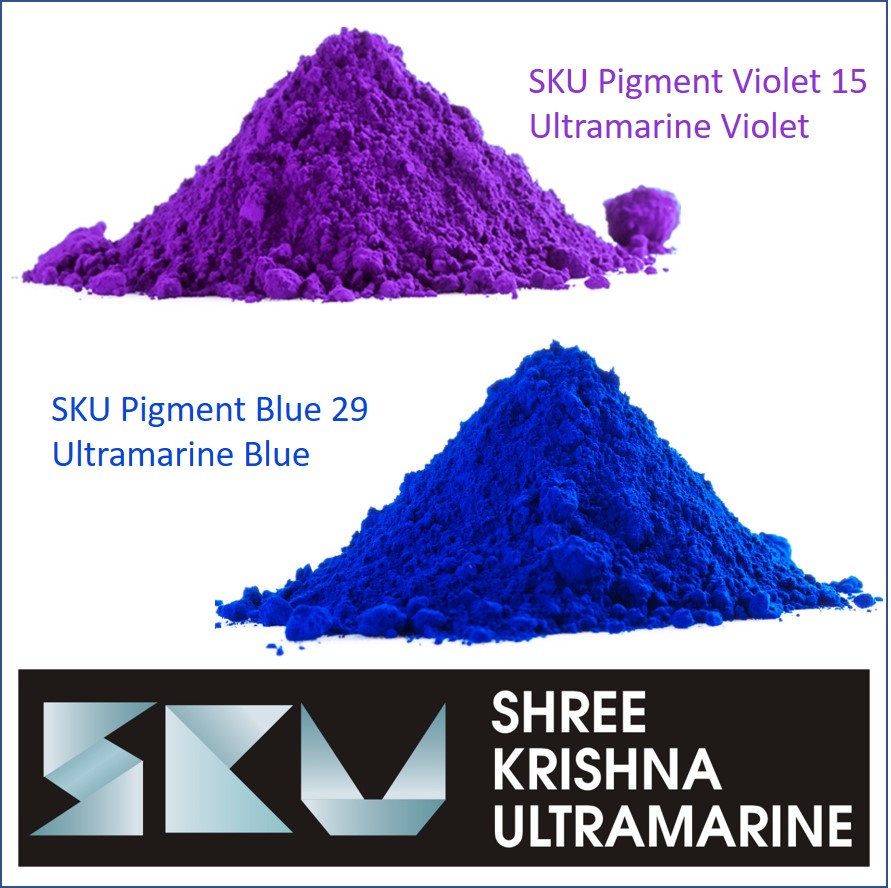New Step by Step Information For Pigment Blue
Ultramarine Pigments: From Ancient Art to Modern Industry

For centuries, color has influenced art, design, and industry. Among the most iconic hues, Ultramarine stands out for its timeless brilliance. Today, companies like SKU Pigments supply high-quality Ultramarine pigments, including Ultramarine Blue, Ultramarine Violet, Pigment Blue 29, and Pigment Violet. From paints and plastics, Ultramarine has become the backbone of modern blue pigments.
The History and Significance of Ultramarine
The name Ultramarine comes from the Latin “ultra mare,” meaning “beyond the sea,” a reference to lapis lazuli originally imported from Afghanistan. For centuries, it was a rare treasure, used by Renaissance masters to paint sacred art. It symbolized wealth and divinity.
Modern chemistry made it possible to manufacture Ultramarine pigments, bringing the once-exclusive shade into mass production. This breakthrough turned a exclusive pigment into a accessible solution for countless sectors.
Ultramarine Blue Pigments
Ultramarine Blue pigments—the synthetic form of Pigment Blue 29—are the most widely used. Known for their clarity, they are safe, eco-friendly, and non-toxic. They are used in:
• Decorative finishes for rich tones.
• Polymers and rubbers, thanks to UV resistance.
• Inks and printing, where sharpness is vital.
• Personal care, given their non-toxic nature.
This balance of performance and safety keeps Ultramarine Blue among the top pigments.
Ultramarine Violet and Pigment Violet
Ultramarine Violet offers delicate hues that appeal in cosmetics. Pigment Violet derived from Ultramarine is stable, making it ideal for sensitive products.
Its muted shade enhances luxury packaging, while ensuring stability without chemical breakdown.
Industrial Uses of Ultramarine Blue
Pigment Blue—particularly Ultramarine Blue pigments—remains a market leader. It offers weather resistance for:
• Vehicle coatings with brilliant sheen.
• Consumer goods, ensuring stable shades.
• Decorative plasters, adding beauty and durability.
This multi-industry demand ensures Pigment Blue’s dominance.
Why Industries Prefer Ultramarine
• Non-Toxic & Safe: Certified safe for consumer goods.
• Heat & Light Resistant: Colors don’t fade under UV.
• Eco-Friendly: Reduced environmental impact.
• Cost-Effective: Affordable vs. natural pigments.
• Versatile: From fashion to infrastructure.
Where Ultramarine Pigments Shine
1. Paints & Coatings: Protective coatings.
2. Plastics & Rubber: Resistant to heat.
3. Cosmetics: Eyeshadow and nail polish.
4. Construction: Flooring products.
5. Printing & Inks: Precision printing.
SKU Pigments: Global Ultramarine Experts
SKU Pigments leads the market, offering innovation in Ultramarine pigments. Their product portfolio includes:
• Pigment Blue 29 for industrial-scale use.
• Ultramarine Violet and Pigment Violet for luxury tones.
• Custom shades for niche industries.
Their reputation is built on consistent quality and eco-friendly production.
Conclusion
From lapis lazuli origins to the backbone of blue pigments, Ultramarine has evolved with industries. Whether it’s the classic Ultramarine Blue brilliance of Ultramarine Blue, the subtle elegance of Ultramarine Violet, or the dependability of Pigment Blue 29, Ultramarine pigments remain unrivaled.
With SKU Pigments as a trusted partner, industries achieve innovation with color. As demand for non-toxic pigments rises, Ultramarine will stay ahead in global markets.
Frequently Asked Questions
1. What is Ultramarine?
A blue/violet pigment with historic roots and modern industrial use.
2. What is Pigment Blue 29?
The synthetic form of Ultramarine Blue.
3. Where is Ultramarine Violet used?
In cosmetics and decorative paints.
4. Are Ultramarine pigments safe?
Trusted globally for safety.
5. Why choose SKU Pigments?
Trusted supplier worldwide.